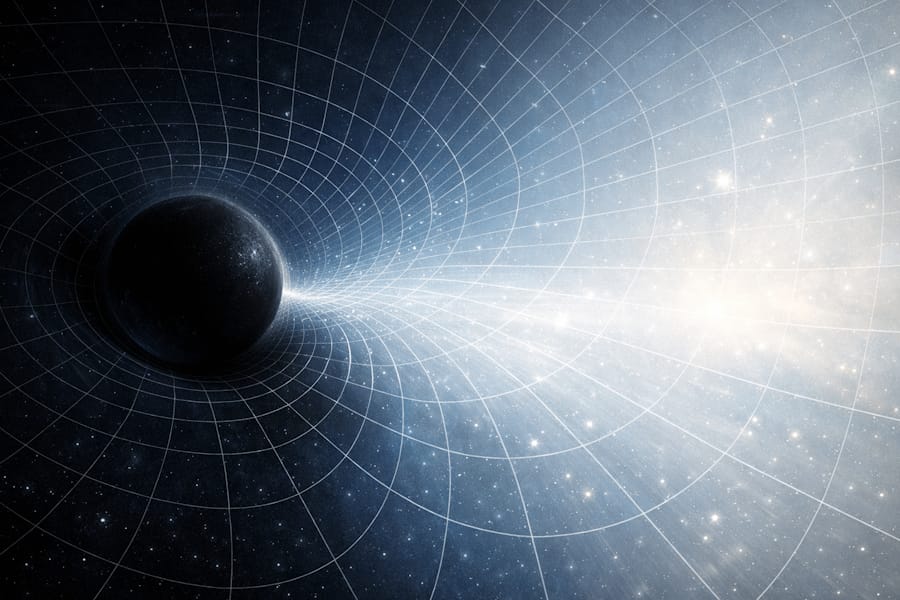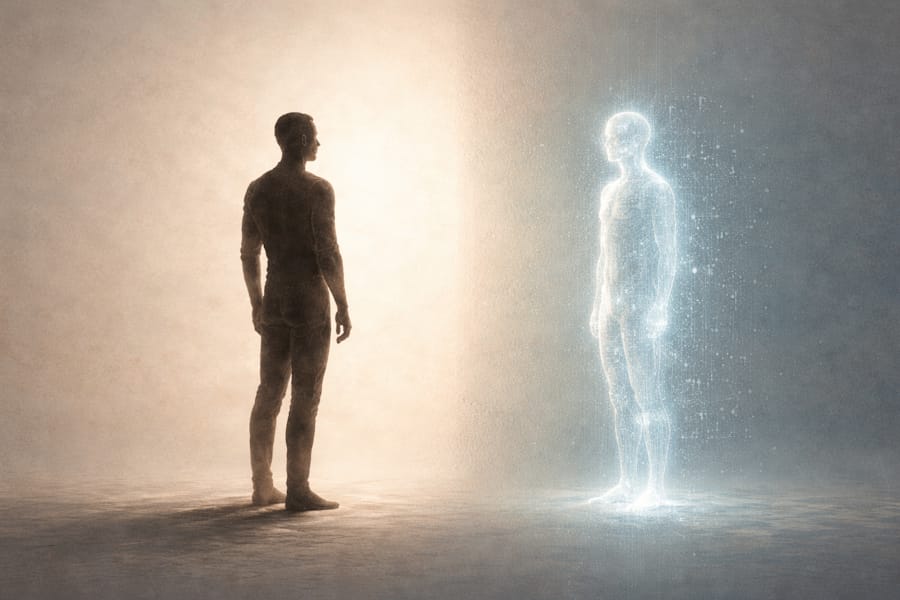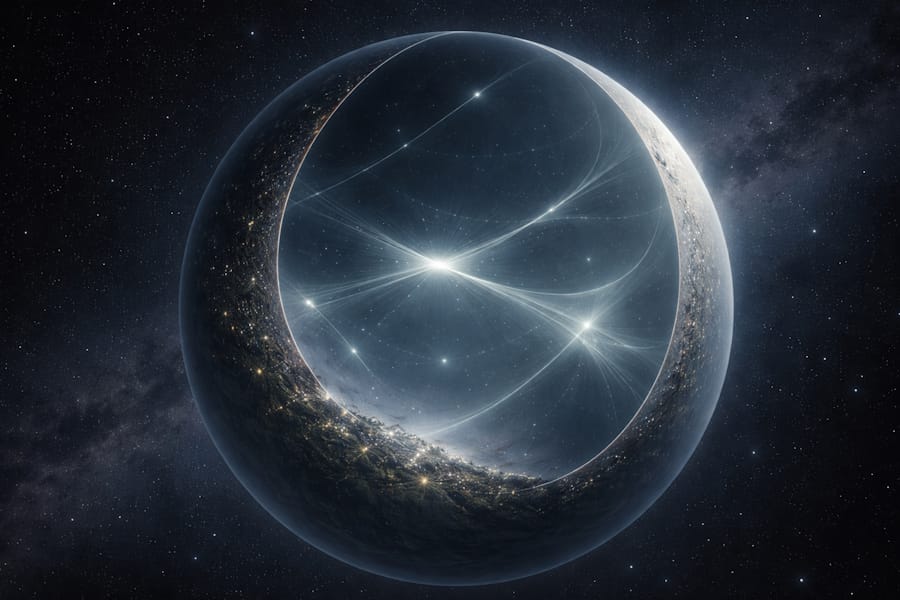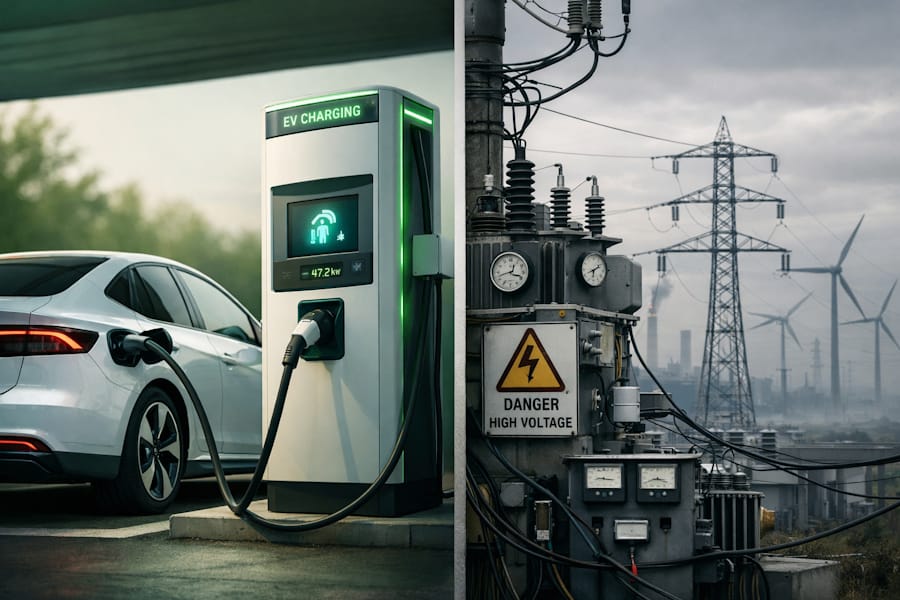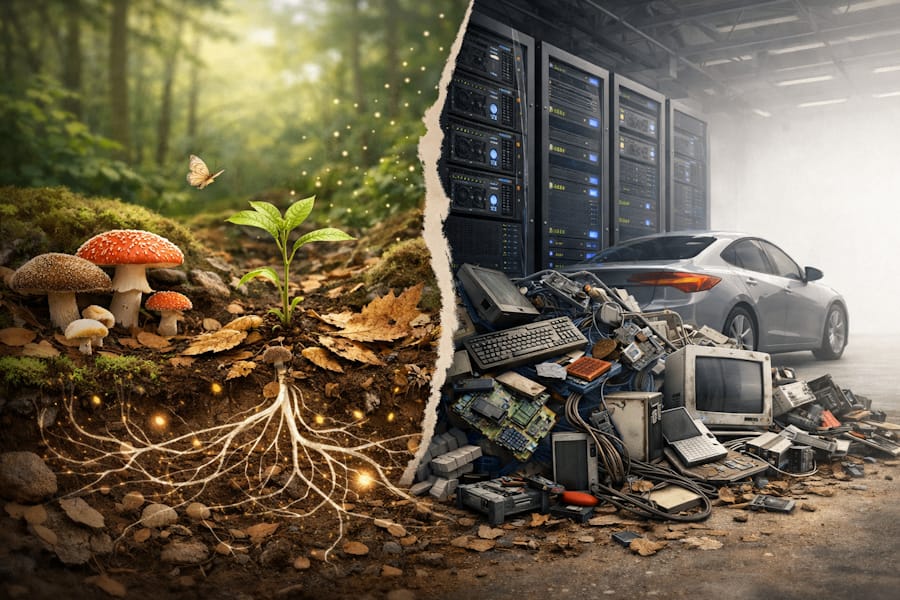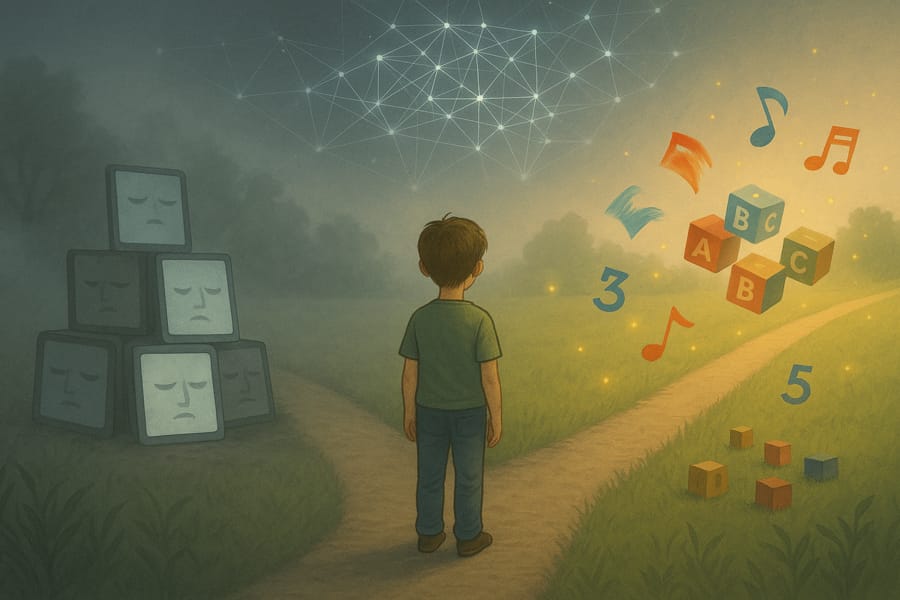Net Zero: The New Religion Spreading Across the Globe
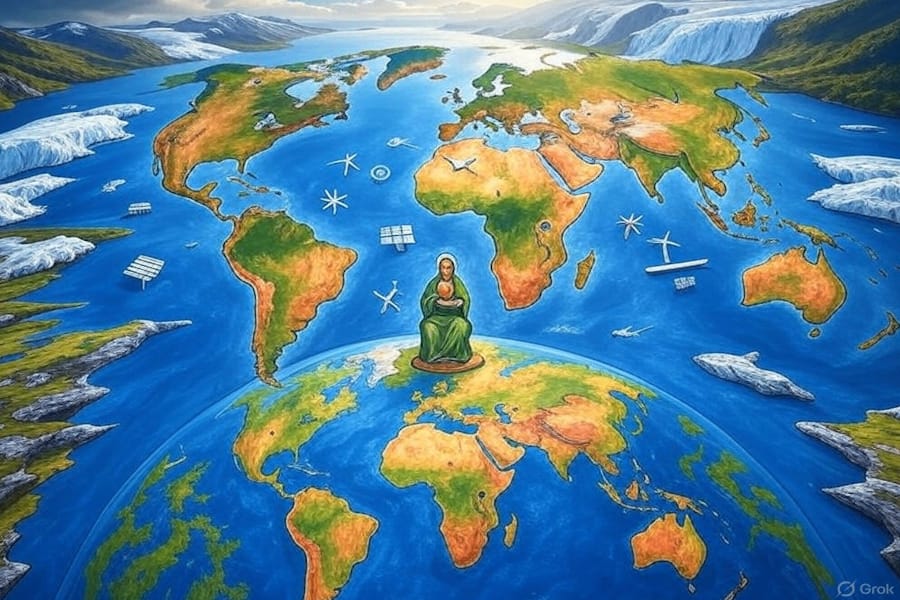
Publish Date: Last Updated: 10th November 2025
Author: nick smith- With the help of GROK3
Over the past half-century, the West has witnessed a significant decline in Christian faith, leaving a spiritual and moral vacuum. Rather than being filled by another traditional religion, this void has been occupied by a new belief system: the pursuit of net zero and the fight against climate change. This article explores how net zero has evolved into a quasi-religious movement in the West, steadily extending its influence worldwide, not as a commentary on its efficacy in addressing climate issues, but as a phenomenon that mirrors the structures and fervor of religion itself.
The Decline of Traditional Faith and the Rise of a New Creed
The erosion of Christianity in the West has coincided with growing awareness of environmental issues, particularly global warming. As religious adherence waned, people sought a cause that could provide meaning without the baggage of traditional religion, often associated with historical conflicts. Global warming, backed by scientific evidence, emerged as a unifying issue, transcending cultural and religious divides. It offered a narrative of impending doom—rising seas, acid rain, and a vanishing ozone layer—predicted to devastate humanity by 2030. While some forecasts, like widespread coastal flooding, have not fully materialized, the climate movement’s advocacy drove significant changes: the Montreal Protocol (1987) repaired the ozone layer, sulfur emission controls reduced acid rain, and global renewable energy capacity reached 3,700 gigawatts by 2023 (IEA). These “miracles” mitigated some predicted disasters, bolstering the movement’s moral authority. The term "global warming" evolved into "climate change," a more flexible framework reflecting the climate’s constant flux.
Like religion, climate change is unprovable in its long-term outcomes. No action can definitively be credited with averting disaster or ensuring utopia, mirroring religious ambiguity with a hell (catastrophic inaction) and a heaven (net zero future). Achieving net zero will not halt climate change, ensuring the movement’s perpetuity—a hallmark of religious endurance. As religions adapt to new challenges, climate change evolves, presenting ever-shifting goalposts for its adherents.
Climate Change as a Religious Framework with Many Sects
Climate change offers a belief structure filling the void left by declining religious participation. Psychological studies confirm humans are hardwired for belief systems, sustaining religions for millennia. Climate change provides this without requiring a deity, appealing to a secular world. Yet, it is not monolithic. Like early religions with a core belief splintered into sects, the climate movement unites around net zero’s moral imperative but diverges into factions: grassroots radicals (e.g., Extinction Rebellion), corporate green initiatives (e.g., Tesla’s electric vehicles), scientific purists (e.g., IPCC researchers), and policy-driven technocrats (e.g., EU’s carbon markets). Each interprets net zero differently—degrowth versus market solutions. Historically, religions like Christianity saw factions (e.g., Catholicism) consolidate power; today, corporate-led coalitions like RE100 or global bodies like the UNFCCC gain influence, suggesting a dominant faction may emerge. However, the movement’s pluralism could persist, reflecting its dynamic strength.
The parallels to religion are striking:
- Prophets and Evangelists: Figures like Greta Thunberg and Al Gore serve as prophets, spreading climate action’s gospel across sects, leveraging media to rally followers.
- Sin and Redemption: Carbon usage is the new sin, with entities judged by their footprint. Redemption lies in emission reductions, though sects disagree—lifestyle changes versus technological fixes.
- Moral Authority: Questioning the narrative invites ostracism, akin to heresy, with dissenters facing career destruction, reinforcing orthodoxy across factions.
- Elite and Beneficiaries: Scientists validating theories and entrepreneurs profiting from green tech (e.g., $1 trillion in global clean energy investment in 2022) form a new elite, their influence varying by sect.
- Utopian Vision: A world powered by renewables offers a secular paradise, with each sect envisioning its version.
- Martyrs and Knights: Activists facing legal repercussions embody martyrs, while organizations like Greenpeace serve as knights, shaped by their faction’s priorities.
For four decades, this movement has spread globally, suppressing dissent through social and economic penalties. Nations like China and India, initially resistant, have aligned with sects suiting their priorities—China’s solar dominance (40% of global capacity) reflects economic motives, while India’s renewable push ties to energy security. Yet, a backlash emerges, particularly in the U.S., where working-class citizens, burdened by carbon taxes reminiscent of church tithes, resist. Donald Trump’s 2024 victory galvanized this, framing a battle between believers and skeptics that transcends religious divides. Globally, however, net zero momentum persists—EU’s Green Deal and China’s 2060 neutrality pledge signal resilience.
The Paradox of Power and Human Nature
Religions, including climate change, begin with noble intentions—guiding communities toward cooperative living. Economic and political drivers amplify this: green tech created 12 million jobs globally by 2020 (ILO), and nations like China pursue net zero for geopolitical leverage. Yet, human nature’s allure for power corrupts. While money motivates, power—control over narratives and resources—is the true currency. The climate movement’s power structure rewards compliance and punishes dissent, even amid scientific uncertainties, as sects vie for dominance.
Nature’s unpredictability exposes the movement’s flaw. Human impact on climate is undeniable, but Earth’s resilience—surviving meteor strikes, ice ages, volcanic cataclysms—prioritizes life’s survival over human stability. We are midway through a Milankovitch Cycle, a 100,000-year orbital variation that, without human warming, could lead to cooling and a distant ice age (50,000+ years). Per IPCC, current warming (1.1°C above pre-industrial levels) far outweighs natural cooling, but aggressive net zero policies could, in theory, alter long-term balances. This philosophical point underscores the hubris of assuming precise climate control, not an imminent risk.
A Path Forward for the New Religion
If climate change is to endure as a belief system, it must evolve like religions historically did: tempering radicals and embracing pluralism. Net zero is a worthy goal, bolstered by successes like ozone recovery and renewable growth, but risks replicating religious flaws—intolerance, power struggles. To avoid this, it must:
- Root Out Extremism: Moderate voices should foster dialogue between sects, not silence dissent.
- Embrace Uncertainty: Acknowledge scientific limits, like Milankovitch-driven uncertainties, and nature’s complexity.
- Prioritize Equity: Ensure policies don’t disproportionately burden the working class, addressing backlash grievances.
Climate change taps humanity’s need for meaning, its achievements proving its potential. Yet, it must resist dogmatic tendencies, lest it inherit the divisiveness of past religions. By balancing goals with humility and inclusivity, the movement can unite—whether under a dominant faction or vibrant pluralism—without succumbing to zealotry.
More Great AI Inspired Articles
AI Questions and Answers section for Net Zero: The New Religion Spreading Across the Globe
Welcome to a new feature where you can interact with our AI called Jeannie. You can ask her anything relating to this article. If this feature is available, you should see a small genie lamp above this text. Click on the lamp to start a chat or view the following questions that Jeannie has answered relating to Net Zero: The New Religion Spreading Across the Globe.
Be the first to ask our Jeannie AI a question about this article
Look for the gold latern at the bottom right of your screen and click on it to enable Jeannie AI Chat.



